Last updated on September 16th, 2025 at 09:30 am
Bringing home a new puppy soon?
Get ready for all the cuddles, chaos, and chewed-up slippers. Puppies are adorable—but they also come with a long list of needs. Whether you’re a first-time dog parent or just brushing up, this new puppy checklist covers everything you’ll want to have on hand (including a few things you might not have thought of).
Want a printable version you can check off as you go?
Stick around to the end of this post and subscribe to get your free New Puppy Checklist delivered straight to your inbox.
Let’s break it down by category so you’re totally ready when those tiny paws come through the door.
Affiliate Disclaimer: This post may contain affiliate links, which means we may earn a small commission if you purchase something through our links. This helps support our website and allows us to continue providing valuable content. See our full disclosure here.
Basics Every New Puppy Needs
These are your day-one puppy supplies—think of them like the dog version of keys, wallet, phone. You’ll use these every single day, so it’s worth getting the right stuff up front.
ID Tags – Puppies are curious and fast. An ID tag with your phone number (and your address if it fits) gives you a better chance of a quick reunion if your pup ever sneaks out. Bonus points if it’s cute.
Collar – Start with something lightweight and adjustable. Your puppy will grow fast, so don’t spend a ton here—just make sure it fits snugly (you should be able to slide two fingers underneath).
Harness & Lead – A harness is safer for walks than clipping a leash to the collar, especially for small or delicate breeds. It gives you more control without putting pressure on your pup’s neck.
Food & Water Bowls – Puppies are messy eaters. Stainless steel or ceramic bowls are easier to clean and more sanitary than plastic, which can trap bacteria. Non-slip bottoms help keep things from sliding across your kitchen.
Puppy Food – Not all dog food is the same. Puppies need food that’s made just for them—higher in calories, protein, and nutrients to support their growth. Ask your vet what they recommend based on your dog’s breed and size.
Treats – Training = treats. You’ll want a variety of soft, bite-sized options for early lessons and bonding. Try a few different types to see what your pup loves best.
Dog Food Storage – Once you open that giant bag of puppy kibble, you’ll want somewhere to keep it fresh. An airtight container keeps out bugs, moisture, and your puppy’s nose.
This is the gear that gets used every morning and night—meals, potty breaks, walks, cuddles. When you’ve got these basics covered, you’ll feel a lot more prepared for that first whirlwind week.
Grooming Supplies to Keep Your Pup Fresh
Let’s be honest—puppies are adorable little mess machines. Whether it’s mud, food, or mystery gunk from who-knows-where, they always find a way to get dirty. Having a basic grooming kit on hand helps keep your pup clean, comfy, and cuddle-ready.
Nail Trimmers – Puppy nails grow fast and can get sharp enough to scratch you without meaning to. A pair of easy-to-use trimmers made for small dogs helps keep their claws in check. Start slow and pair it with treats!
Flea Comb & Brush – Even if your puppy doesn’t have fleas (let’s hope not), a gentle brush helps get them used to being handled and removes loose hair. It’s also a sweet way to bond during quiet time.
Toothbrush & Toothpaste – Yes, you should brush your puppy’s teeth. Starting early builds a habit and helps prevent dental problems later. Just make sure to use dog-safe toothpaste (no human minty stuff!).
Dog Cologne / Deodorizing Spray – Bath day can’t happen every week, so a light spray helps keep your pup smelling fresh in between. Look for one that’s safe for sensitive puppy skin and not too strong.
Pet-safe Gentle Shampoo (this is the shampoo I use for pets) – Puppy skin is delicate, so skip the harsh stuff and stick to a gentle, vet-recommended shampoo. Only bathe them when they really need it—overbathing can dry out their skin.
Towels – Sure, you could use your old bath towels. But it’s smart to have a few designated dog towels on hand for baths, muddy paws, or rainy walks. They’ll get a lot of use.
Grooming doesn’t have to be fancy, but a little regular upkeep makes a big difference. Plus, it helps your puppy get used to being touched and handled—which makes future vet visits way less stressful.
Training Tools for a Well-Behaved Pup
Puppies don’t come pre-programmed. Training starts the moment you bring them home—and it’s one of the best ways to build trust, set boundaries, and keep your house from turning into a disaster zone. These tools help make the process smoother (and save your floors, shoes, and sanity).
Puppy Crate – A crate is like a bedroom for your puppy. It gives them a safe place to sleep and teaches them how to settle down. It’s also one of the easiest ways to help with potty training and prevent overnight accidents. Make sure it’s the right size: big enough to stand and turn around, but cozy enough to feel secure.
Training Mat – This helps teach your pup the concept of “place” or “stay,” and gives them a defined area to relax when things get chaotic (like during dinner or when guests come over). It’s also useful for crate-free naps.
Enzymatic Urine Spray – When your puppy pees where they shouldn’t (and they will), regular cleaners just won’t cut it. Enzymatic sprays break down the proteins in the urine so your pup doesn’t keep going in the same spot.
Disposable Puppy Pads – Accidents will happen, especially in the first few weeks. Puppy pads are a backup plan when you can’t make it outside fast enough. They’re also handy if you live in an apartment or have limited outdoor access.
Training Treats – Tiny, tasty treats are your best friend when it comes to teaching sit, stay, come, and more. Soft treats that don’t take forever to chew work best for fast-paced learning.
No Chew Spray – Puppies love to chew—your couch, shoes, table legs, electrical cords. A no-chew spray helps stop the destruction before it starts. Spray it anywhere your puppy gets too mouthy.
Many of the clinics where I work use THIS EXACT SPRAY to keep puppies from chewing their bandages.
Bedtime Supplies for Better Sleep (For Both of You)
Sleep? You’re going to want some. So will your puppy—but only if they feel safe, warm, and secure. These cozy items can help your new pup settle down at night (and give you a break from the 2 a.m. zoomies and whining).
Dog Bed – Puppies sleep a lot—like, a lot. A soft, comfy bed gives them a go-to spot for naps and bedtime. Look for one that’s washable (because accidents happen) and just the right size to make them feel safe and snuggly.
(If your puppy grows up to be a bed chewer, check out this post on which beds they’re not likely to destroy)
Stuffed Animal (Toy) – This is a game-changer for many pups. A plush toy that mimics the size and feel of their littermates can help with the transition from sleeping in a pile of siblings to sleeping alone. Some even have warming pads or heartbeat sounds for extra comfort.
Blankets – A cozy blanket makes any space feel more like home. Bonus tip: sleep with the blanket for a night before giving it to your puppy. Your scent can help them relax when they’re feeling nervous or homesick.
A consistent bedtime routine (plus a quiet, comfortable space) can make a big difference in how quickly your puppy adjusts to their new home—and how much sleep you get in those first few weeks.
Health & Safety Prep
Puppies don’t come with instructions, but they do need some help staying safe and healthy as they grow. From vet visits to monthly meds, these are the basics to stay on top of early on.
Pick a Veterinarian – Your vet will be your partner in puppy parenting. Choose someone nearby who you feel comfortable with and who doesn’t mind your (many) questions. It’s a good idea to schedule a wellness exam shortly after bringing your puppy home.
Sign Up for Pet Insurance – Puppies get into things. Whether it’s an unexpected illness or a swallowed sock, insurance can help cover costly vet bills. The earlier you enroll, the better the coverage options.
Up-to-date Microchip – If your puppy came from a breeder or shelter, they might already be chipped—but that’s only helpful if the info is correct. Ask your vet to scan it and help you update your contact details.
Flea & Tick Meds – Fleas are not just annoying—they can cause itching, infections, and even tapeworms. Start monthly prevention early, especially if you live in a warm or wooded area.
Heartworm Prevention – This one’s a biggie. Heartworms are spread by mosquitoes and can be life-threatening. Your vet can recommend a safe monthly option for your puppy’s age and weight.
Pet First Aid Kit – Puppies get scrapes, bug bites, and occasionally eat things they shouldn’t. A first aid kit with gauze, antiseptic, tweezers, and a pet-safe thermometer is good to have on hand.
Puppy Boosters – Vaccines protect your pup from diseases like parvo, distemper, and rabies. Your vet will give you a schedule—stick to it, even if your puppy seems fine.
Puppy Dewormer – Most puppies are born with worms, so deworming is part of early care. Your vet may prescribe something, or you can use an over-the-counter option made for young dogs.
On-the-Go Puppy Travel Gear
Whether you’re headed to the vet or planning a weekend getaway, traveling with a puppy takes a little prep. These items make the ride smoother, cleaner, and safer for everyone involved.
Travel Carrier – A soft-sided or crate-style carrier helps keep your puppy secure during trips. It also gives them a cozy space to feel safe in new environments.
Waste Bags & Holder – Puppies poop. A lot. Keep a stash of waste bags handy for walks, potty breaks, and surprise sidewalk moments.
Car Harness – Letting your puppy roam in the car isn’t just distracting—it’s dangerous. A car harness clips into your seatbelt and keeps your dog safe in case of a sudden stop.
Car Seat Cover – Puppies are cute, but they’re messy. Protect your seats from fur, mud, accidents, and drool with a washable cover.
Collapsible Food & Water Bowls – These fold flat, are lightweight, and are perfect for the park, beach, or hiking trail. Just clip them to your bag and go.
Dog Travel Bag (basically a puppy diaper bag) – Keep everything organized with a travel bag made for dogs. Store food, bowls, leashes, wipes, meds, and more in one place.
Final Thoughts | Be Ready, Not Perfect
Puppies are learning every day—and so are you. This new puppy checklist gives you a solid start, but don’t stress about having everything all at once. You’ll figure out what your puppy loves (and hates) as you go.
👉 Subscribe to my newsletter and get INSTANT ACCESS to the checklist and other helpful pet care printables!
Got your own must-haves or puppy tips? Leave a comment below—I’d love to hear what worked for you.
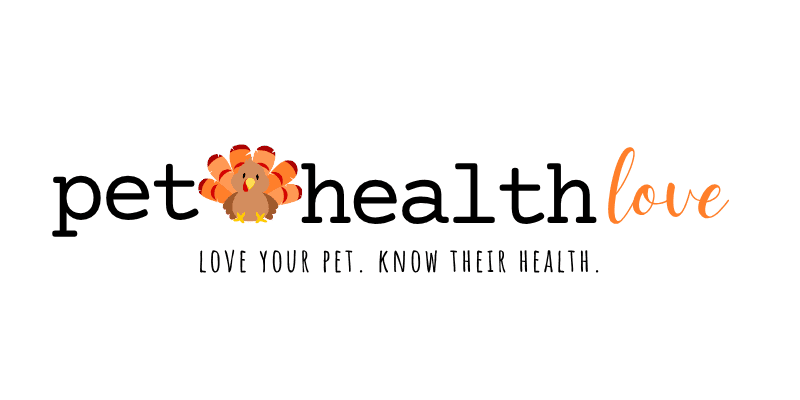








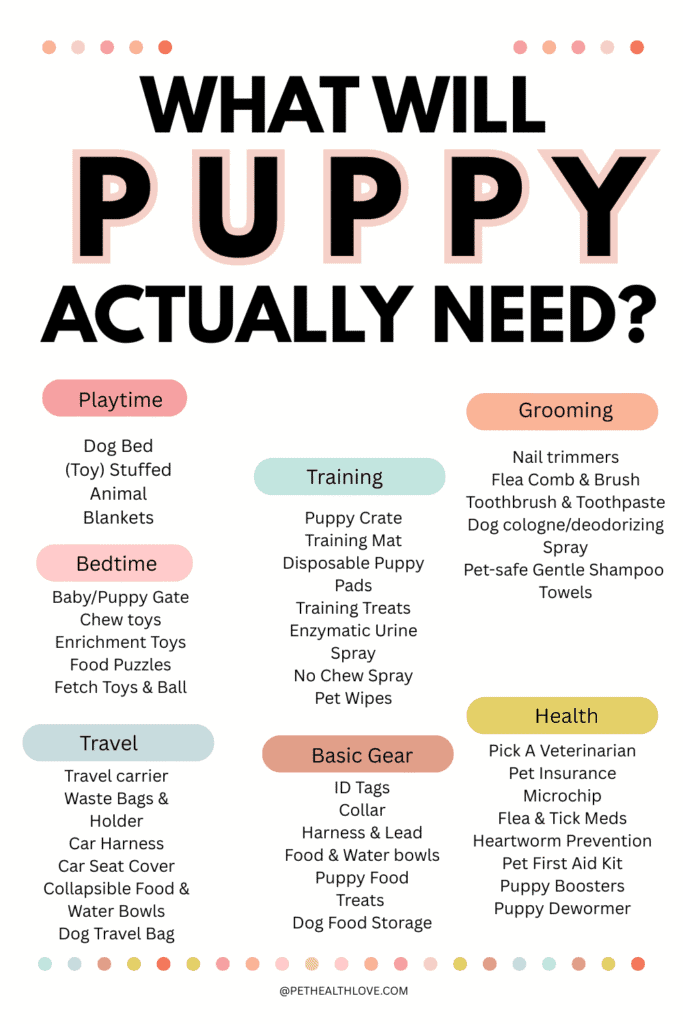









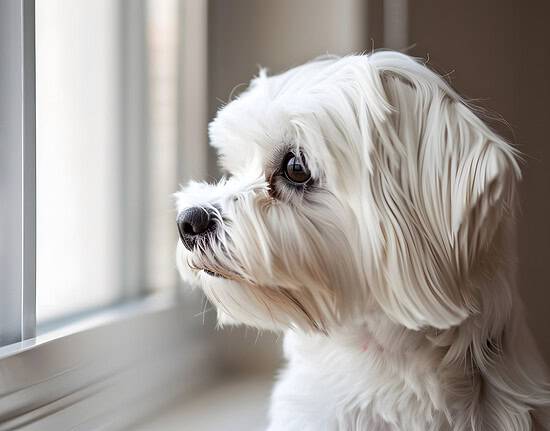
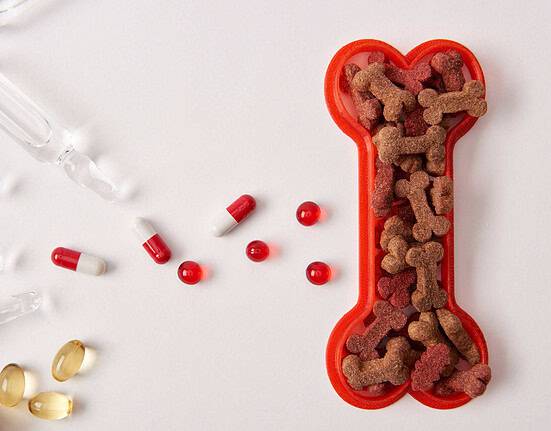


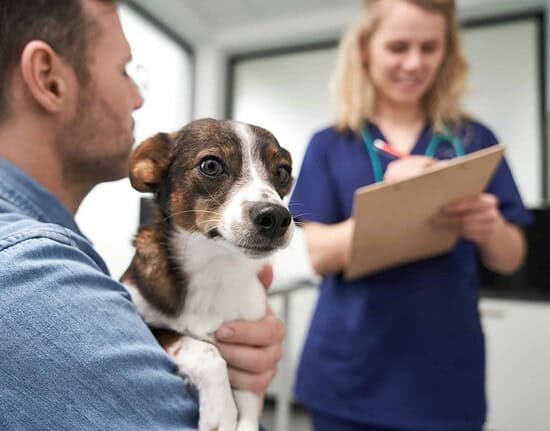

Leave feedback about this